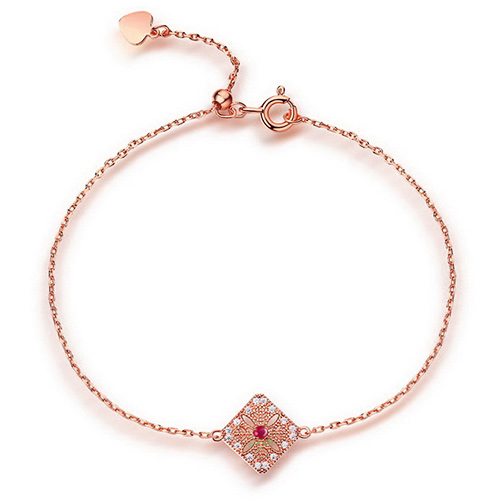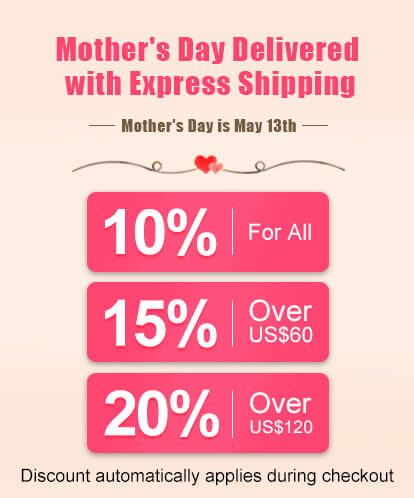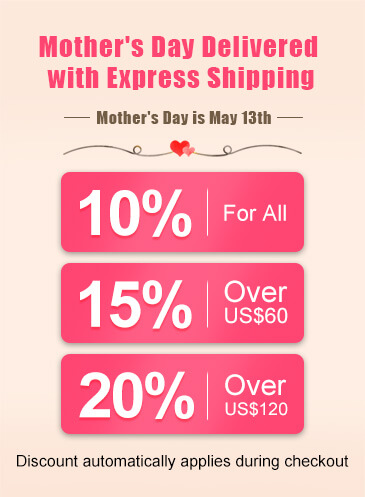Ruby: Birthstone of July
Ruby is the birthstone of July. The English name
"Ruby" is derived from the Latin "Ruber", which means red. Ruby's
most famous origin is Mogok, Myanmar. Ruby here is produced from marble with
little iron. It is brightly colored custom
cufflinks and has a strong fluorescent effect. It is the most valuable and
rarest place of origin. The current leading producer of rubies is in
Mozambique, Africa, which discovered large reserves in 2009 and quickly became
the world's leading producer of rubies. However, because of its high iron
content, Mozambique's rubies are darker in the case of high red saturation and
rarely have a fluorescent effect.
Rubies were discovered accidentally by local residents
in Mogok, Myanmar, at the beginning of the 15th century. By the middle of the
15th century, Myanmar began to mine rubies cute
necklaces on a large scale. The production area adjacent to the north of
the Mogok area contains the world's most famous "pigeon blood" ruby.
The rubies found here have one thing in common, "more or less blue in
red." Rubies have been found in the valley for centuries, but production
is now depleted. Despite this, the rubies produced here are still the best in
the world.
Identification of rubies
Color, heat treatment of ruby, fire color, and clarity
are all important factors affecting the value of ruby.
- Color
Europeans call the most brilliant red ruby
"Pigeon Blood". Because rubies are too scarce, the mine area will heat
the ruby sister rings, which is
darker in color and has a purple-blue hue, at around 1000 degrees. The ruby
will produce more vivid colors after heated. For the same quality, the carat
price of a heated ruby is only a quarter of that of an untreated ruby.
- Clarity
The clarity requirements for colored gems engraved necklace are less stringent
than for diamonds. Because of its own growth characteristics, ruby has many
cracks, so its classification of clarity depends on the naked eye. According to
the size and location of the internal and external characteristics of the ruby,
and the degree of influence of its internal and external characteristics on the
overall beauty of the gemstone, the clarity is divided into four levels:
extremely pure (C1), pure (C2), relatively pure ( C3), and general (C4).
- Fire color
Color beauty is determined not only by its color and
clarity, but also by fire color. The cut and clarity of the gemstone will
affect its color. Therefore, in this grading standard, the area of the crown
of the ruby monogrammed necklace is
based on the color of the fire. The fire color is divided into four levels:
excellent (B1), very good (B2), good (B3), and average (B4).
- Ruby heat treatment type
Heat treatment is the most common and widely accepted
ruby optimization method in the industry. There are very few untreated ruby
in the market, and for this reason, the price of it is very high. The standard
stipulates that by observing the changes in the ruby's internal inclusions to
distinguish whether the gemstone has undergone heat treatment or not. On the
premise of determining ruby birthstone
necklaces after heat treatment, according to the number of heat treatment
residue, the heat treatment of ruby is divided into five categories: Unheated
(N), heat treatment without residue (H), heat treatment with little residue
(H1), heat treatment middle amount of residue (H2), heat treatment with large
amount of residue (H3).
Although cutting is an important indicator for
determining the quality of gemstones, the cutting of rubies are not as standard
as diamonds, and many factors will affect their cutting during processing.



 $
$  Pound Sterling
Pound Sterling CA Dollar
CA Dollar AU Dollar
AU Dollar Euro
Euro NZ Dollar
NZ Dollar Malaysian Ringgit
Malaysian Ringgit Philippine Peso
Philippine Peso Singapore Dollar
Singapore Dollar South African
South African Danish Krona
Danish Krona Hong Kong Dollar
Hong Kong Dollar Indonesia Rupiah
Indonesia Rupiah Mexican Peso
Mexican Peso Norwegian Kroner
Norwegian Kroner Swedish Krona
Swedish Krona Swiss Franc
Swiss Franc UAE Dirham
UAE Dirham CzechKoruna
CzechKoruna Türk Lirası
Türk Lirası Indian Rupee
Indian Rupee Brazillain Real
Brazillain Real Japanese Yen
Japanese Yen







